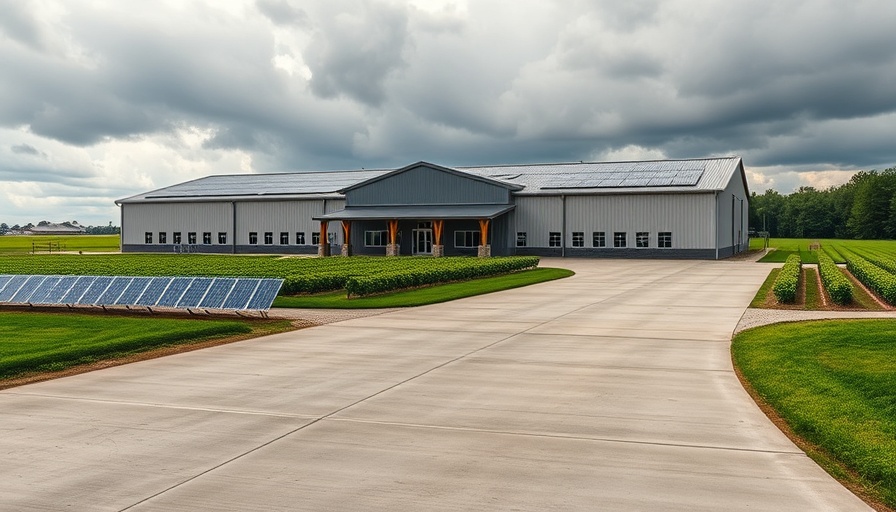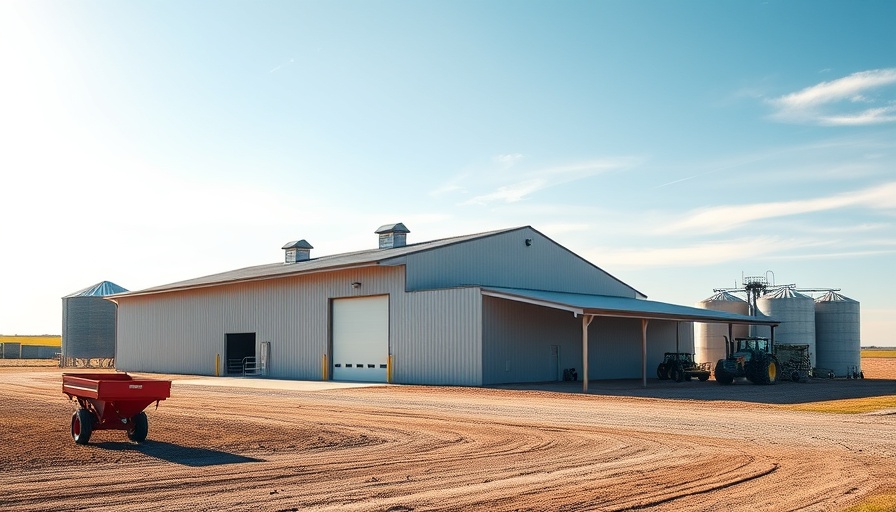
Understanding PMP Certification: A Gateway to Project Management Success
In today’s competitive construction environment, gaining a Project Management Professional (PMP) certification can significantly enhance your credibility and project management skills. Whether you're a business owner, facility manager, or a stakeholder in commercial construction, understanding how to effectively prepare for and obtain this certification is crucial. In this article, we delve into insights from a successful recent test-taker, Rich Rushlow, who shares his journey and key strategies to guide newcomers paving their paths to PMP success.
Creating an Effective Study Plan for PMP Success
The journey to PMP certification may seem daunting; however, the foundation of success lies in a well-structured study plan. Rich emphasized the importance of adhering to a set schedule, reinforcing the notion that consistency is essential. According to him, "Sticking to a study schedule is key—don’t skip topics just because you think you already know them." For many in the construction sector, allocating regular study hours can be seamlessly integrated into their daily operations, allowing candidates to tackle the material with a fresh perspective.
Harnessing the Right Resources and Tools
With a plethora of resources available, identifying the most effective study materials can make a significant difference. Rich highlighted several tools that aided in his preparation, including the PMP Exam Simulator, an essential tool for mastering exam formats. Traffic patterns for these resources show a growing interest among aspiring PMPs, indicating a shift towards leveraging technology for knowledge acquisition. Furthermore, joining a PMI Study Group can provide additional support and insight, fostering a sense of community among candidates who share similar goals.
The Importance of the PMI Mindset
One of the critical insights shared by Rich is the necessity of adopting the PMI mindset. This mindset not only prepares candidates for the exam structure but also instills a deeper understanding of project management principles that are vital in real-world applications. Embracing this approach can differentiate skilled project managers from their peers, enabling professionals to respond to questions not only with knowledge from manuals but also through a pragmatic lens shaped by industry best practices.
Strategies for Managing Exam Day Stress
The exam day can be rife with anxiety, particularly for first-time test-takers. Rich suggests practical techniques to alleviate stress, including mindful breathing exercises and maintaining a positive attitude. These strategies are particularly valuable in the construction sector where high-pressure environments are typical. By preparing for potential stressors, candidates can enter the examination with a calm and focused mindset, allowing them to perform at their best.
Understanding the Evolving Nature of the PMP Exam
The PMP exam has evolved, including agile and hybrid project questions, which reflect the changing dynamics of project management within various industries. For candidates, being aware of these updates is imperative as they prepare for the examination. Engaging with fresh content and resources, including PMI Mindset Videos, can provide deeper insights into this new testing landscape, ultimately equipping test-takers for success.
Final Thoughts: Preparing for PMP Certification
The journey to PMP certification is much more than just passing an exam; it’s a valuable investment in personal and professional growth within the project management domain. With structured preparation, the right resources, and a firm understanding of the PMI mindset, potential candidates within the construction and project management fields can confidently take on this challenge. By adopting these strategies, aspiring PMPs can look forward to reaping the rewards of enhanced career opportunities and improved project outcomes.
To delve deeper into how to successfully prepare for the PMP exam, listeners are encouraged to tune into Episode 521 of the Project Management Podcast, where Rich Rushlow shares even more invaluable insights and advice.
 Add Row
Add Row  Add
Add 




Write A Comment